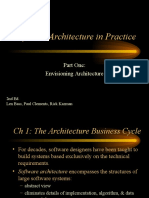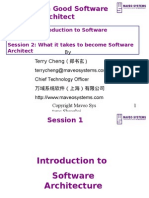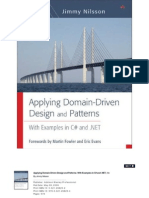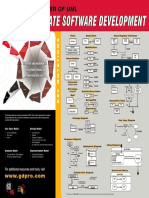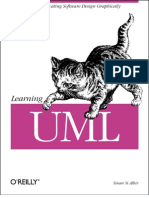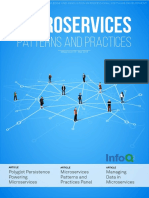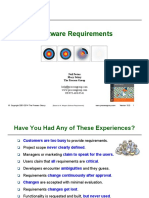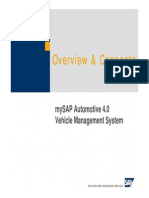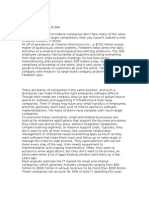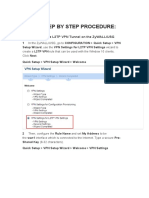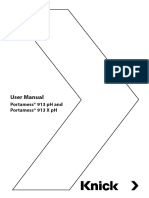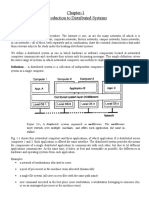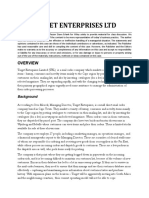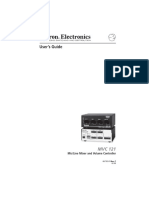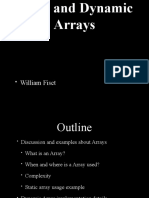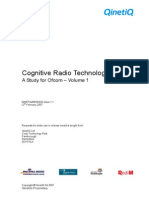0% found this document useful (1 vote)
1K views32 pagesSoftware Architecture in Practice, 4th Edition
Uploaded by
self fr33coCopyright
© © All Rights Reserved
We take content rights seriously. If you suspect this is your content, claim it here.
Available Formats
Download as PDF, TXT or read online on Scribd
0% found this document useful (1 vote)
1K views32 pagesSoftware Architecture in Practice, 4th Edition
Uploaded by
self fr33coCopyright
© © All Rights Reserved
We take content rights seriously. If you suspect this is your content, claim it here.
Available Formats
Download as PDF, TXT or read online on Scribd
/ 32




